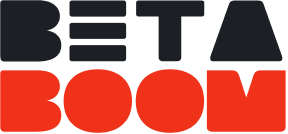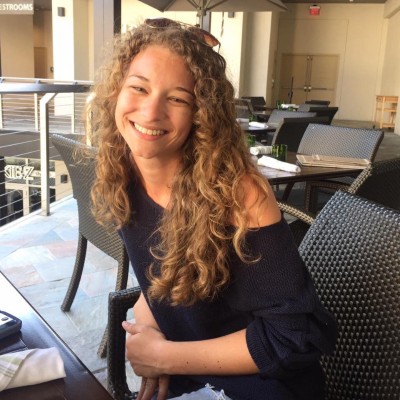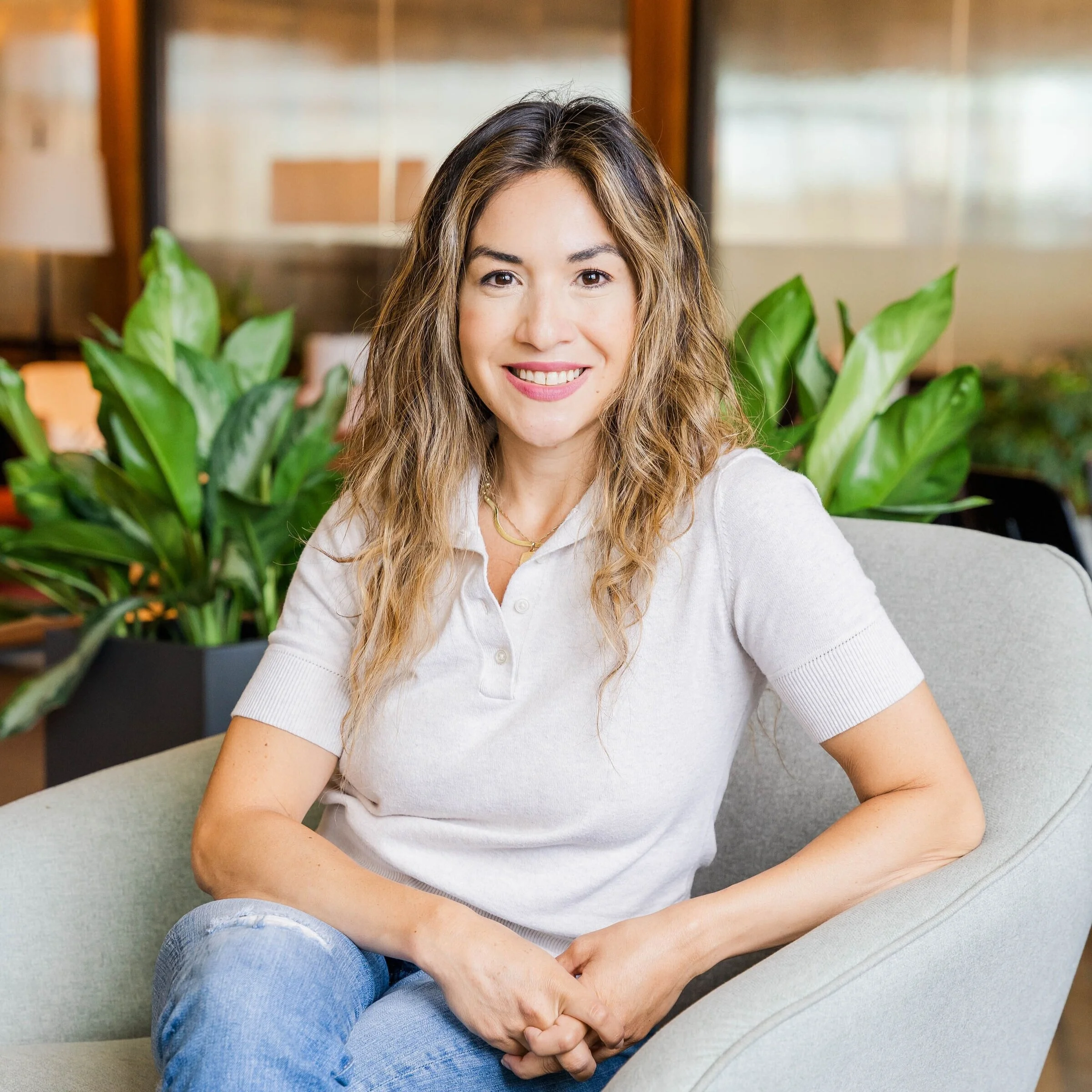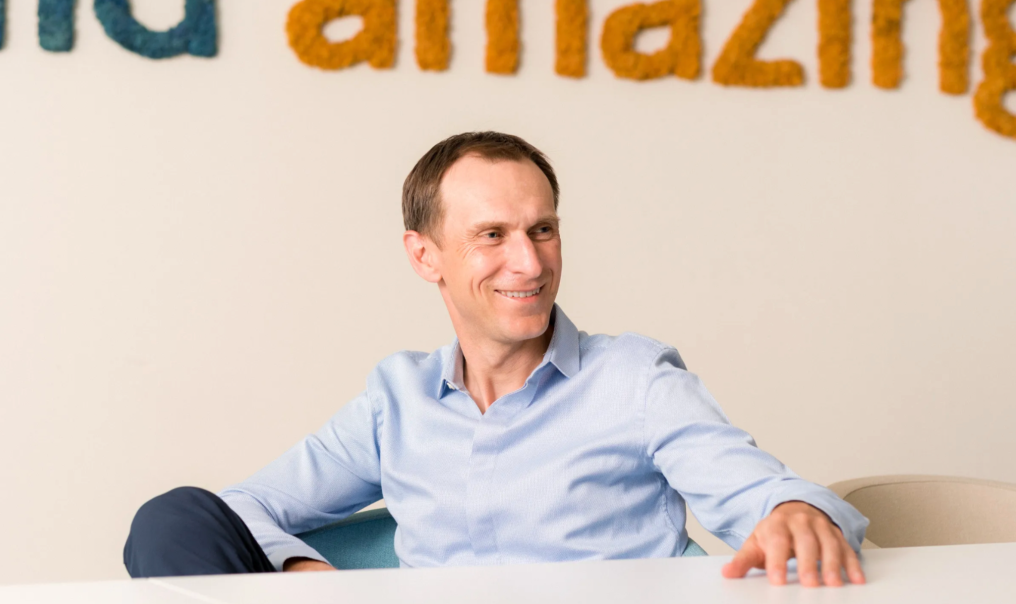Your body is all wrong. Too big here, too small there, broken beyond repair.
This isn’t your inner critic — it’s the relentless echo of a fitness industry that profits by convincing you of your own inadequacy. But what if the problem isn’t your body, but the very options you’re given to change it?
For Lee-Anne Reuber, founder and CEO of Sekond Skin Society, her life’s work is centered on fostering inclusivity, ensuring that people who have disabilities, are elderly, or have experienced discrimination feel a profound sense of belonging in any space.
“The fitness industry and the yoga industry has this box that we’re all supposed to fit into,” she sighs, which frustrates her as an experienced yoga instructor. “This box holds the key to what a valuable body looks like. And we are all just exercising in pursuit of this, you know, fitting into this box and having this body that is seen as valuable.”
This critique is born from painful, personal experience — a journey that led to her own negative relationship with health.
“I was obsessively exercising at some points in my life,” she admits. “I certainly had eating disorders at some points in my life in pursuit of this value of a body and I relate to that.”
Lee-Anne’s dream is that all bodies – no matter shape, form, or color – can be considered by others in everyday life.
Her insights into the toxic relationships with your own body has become an olive branch of understanding. Self-loathing is universal. But so is acceptance and joy – two things that radiates through the Sekond Skin Society community.
13-Year-Old Caregiver
Lee-Anne is from Walkerton, Ontario, a rural dot on the vast Canadian landscape. It was here that her unique worldview began to form.
Reflecting on her childhood, Lee-Anne describes herself as “different.” A natural performer, she was as comfortable belting Broadway tunes as she was embracing her inner nerd in math class. As a social chameleon, Lee-Anne was never confined to a single group. “I feel like I was into everything.”
This multifaceted nature is a blend of her parents’ influences. “My mom has been a caregiver, a nurse for her whole life, and my dad was a serial entrepreneur,” Lee-Anne says. “I’m kind of a product of both of them in the work that I do.”
But her father’s resilience left a particular mark.
“I have endless stories that I could share about, you know, the grit and the determination and watching him start and fail the time, and get back up and start again and fail and get back up and start again,” she says with fierce admiration in her voice.
But this bright-eyed perspective was about to be reshaped by necessity. In her tiny town, job options were scarce. Faced with a choice between caregiver or babysitting, the 13-year-old signed up for her first job — a long-term path she “never in a million years” would follow.
“First of all, as far as I like the rural aspect of it, it’s such an important part to my story,” Lee-Anne explains. “The whole reason that I started working in disability inclusion, and I was supporting people with disabilities, was because I lived in an area where there were only a handful of places that you could apply to get jobs.”
"Suddenly, she was understanding the realities of living with disabilities. Lee-Anne spent weeknights and weekends working with clients with different physical and/or developmental disabilities"
Lee-Anne started to make deep connections with the clients. She soon found herself drawn to individuals, taking the time to learn more and more about them: life experiences, goals, dreams, aspirations, and their ideal vacation spot. This period gave her a unique lens through which to see the world.
“Not a lot of people get to have that exposure, especially at an early age,” she reflects, noting how being immersed in such diversity during her own formative years fundamentally shaped her perspective.
“It changed my life,” Lee-Anne states. “So that 13-year-old opportunity turned into a 22-year career.”
Hyper-Active Yogi
For years, Lee-Anne felt uncomfortable in her own skin, but a friend finally convinced her to attend a yoga fundraiser. She agreed begrudgingly, having never enjoyed it before.
That day, she discovered Buti Yoga, a niche style designed to flow at a pace that leaves no time for thought, only movement. For the first time, the internal noise of not being enough fell silent. “My relationship with nutrition, movement, you know, the diet culture rhetoric and the fitness industry standards, these ideas of what makes a valuable body – this was the first time that I was moving my body in a way that felt empowering,” Lee-Anne reflects; she was hooked.
When a certification was announced, she felt an irresistible pull. The experience was profoundly empowering. “I was, I felt like I had found teaching – something in myself and I wanted other people to feel the same thing that’s how I started.”
This personal breakthrough cemented her professional philosophy, which directly challenges the notion of exercise as self-punishment. “We don't like our bodies, and we're trying to change them,” Lee-Anne explains. Her vision offers a radical alternative: “And everything that we are doing is about creating a space where you move your body because you respect it.”
Lee-Anne hopes this lesson will protect future generations from believing that imperfection demands starvation or extreme workouts. “I don't want future generations to feel like they have to exercise to punish themselves or to earn food or any of those things that we've been told for as long as I can remember in very blatant ways, but also in very subtle ways.”
Driven by this new purpose, Lee-Anne began teaching at a studio two hours away, but the commute was unsustainable. Then, one night, she awoke with a life-changing idea: “Why don’t I just open up the yoga studio?”
While yoga was the vehicle, her father was her inspiration. He was the first person she consulted, and his response was pragmatic: “Why would I open a yoga studio?“ After Lee-Anne made her pitch, though reluctant at first, said, “Go for it.”
Just three and a half months later, Lee-Anne opened her studio doors.. And then, in a cruel twist of fate, her father died a few weeks later.
“I have endless stories that I could share about the grit and the determination and watching him start and fail the time, and get back up and start again and fail and get back up and start again,” she says with fierce admiration in her voice.”
Lee-Anne ended up back in her hometown to help her mother through the grieving and funeral process.
But, even under the circumstances, she never found herself itching to get back to the city and chose to settle down in her old home. “I just ended up not leaving again.”
Growth During Covid-19
Just as Lee-Anne took the leap of opening her own studio, the world was upended by the COVID-19 pandemic, which shuttered everything from governments to businesses.
With the growing threat of the pandemic, all the local gyms and studios could do was wait to find out when they could re-open for in person training. Instead of waiting, Anne-Lee focused on what she could do now which was virtual.
“I didn’t wait to see what was happening,” she explains, beginning in her home by uploading YouTube lessons to see if there was interest.
As Lee-Anne adapted, looking to grow her virtual platform, she was hit with an even worse blow: her beloved and respected father had died.
“I couldn’t pull a specific lesson – I can just tell you that my whole experience watching him as an entrepreneur, more than times that I can count, showed up for me in my own entrepreneur journey.”
Even a world-stopping event wouldn’t be the thing to stand in the way of her father’s entrepreneurial spirit that burned inside her.
“Then when the pandemic came, that mentality really served me well, because I’d already been through so much transition,” Lee-Anne explains, looking for the flexibility in her business. “If I can’t do this, I can do something virtual.’ And I started there.”
Building Brick into Tech
Once established back home, Lee-Anne started by renting empty gym space and created instructional YouTube. She says she was just curious to see videos if anyone would show interest in virtual classes. It became a massive success.
As Lee-Anne virtually expanded, she was inundated with positive feedback, specifically on her seated and standing class options. After reviewing the same consistent comments from loyal customers, it finally hit her.
“The whole world of disability inclusion flooded back into my life – literally hit me like a tidal wave,” she recalls, reflecting back to all her volunteer work. “I was like I can do so much better.”
Over time, Lee-Anne accelerated her content output while moving more attention to membership, pricing, and understanding of client needs. The goal was always to create a product that she knew would “keep them coming back and excited.”
“I spent a lot of time, a lot of money wasted because I was just going with all of the ideas I had rather than consistently getting feedback from our members,” she say. “I could have gotten here to where I am now sooner.
Lee-Anne’s major mistake at first was attempting to build what she thought people wanted instead of what they were asking for.
“Had I spent more time not building what I thought people wanted and ensuring that I was really bringing them in and having them be part of building it,” she advises.
When she scrutinized her history, Lee-Anne realized, “it’s no wonder that the rest of the world isn’t thinking about accessibility and inclusion when I hadn’t even put it at the forefront of what I was doing in my business.”
This profound realization became a life-long commitment to getting better at inclusion every single day. “And for me, I’m going to own that I didn’t get it right, right away.”
“A lot of people in society are so afraid of taking action towards real inclusion because they’re afraid of saying the wrong thing or doing the wrong thing and offending someone in pursuit of doing the right thing,” she explains. “It was a decision to move forward despite having gotten it wrong first, knowing that I’m going to keep getting it wrong in some ways.”
Now, Lee-Anne emphasizes, when she walks into a space without people with disabilities, it doesn’t feel normal “and that is exactly what needs to change and that’s part of the work that I’m doing to create that type of change.”


.png)


